Feet
Dr Jennifer Stewart BVSc BSc PhD Equine veterinarian and consultant nutritionist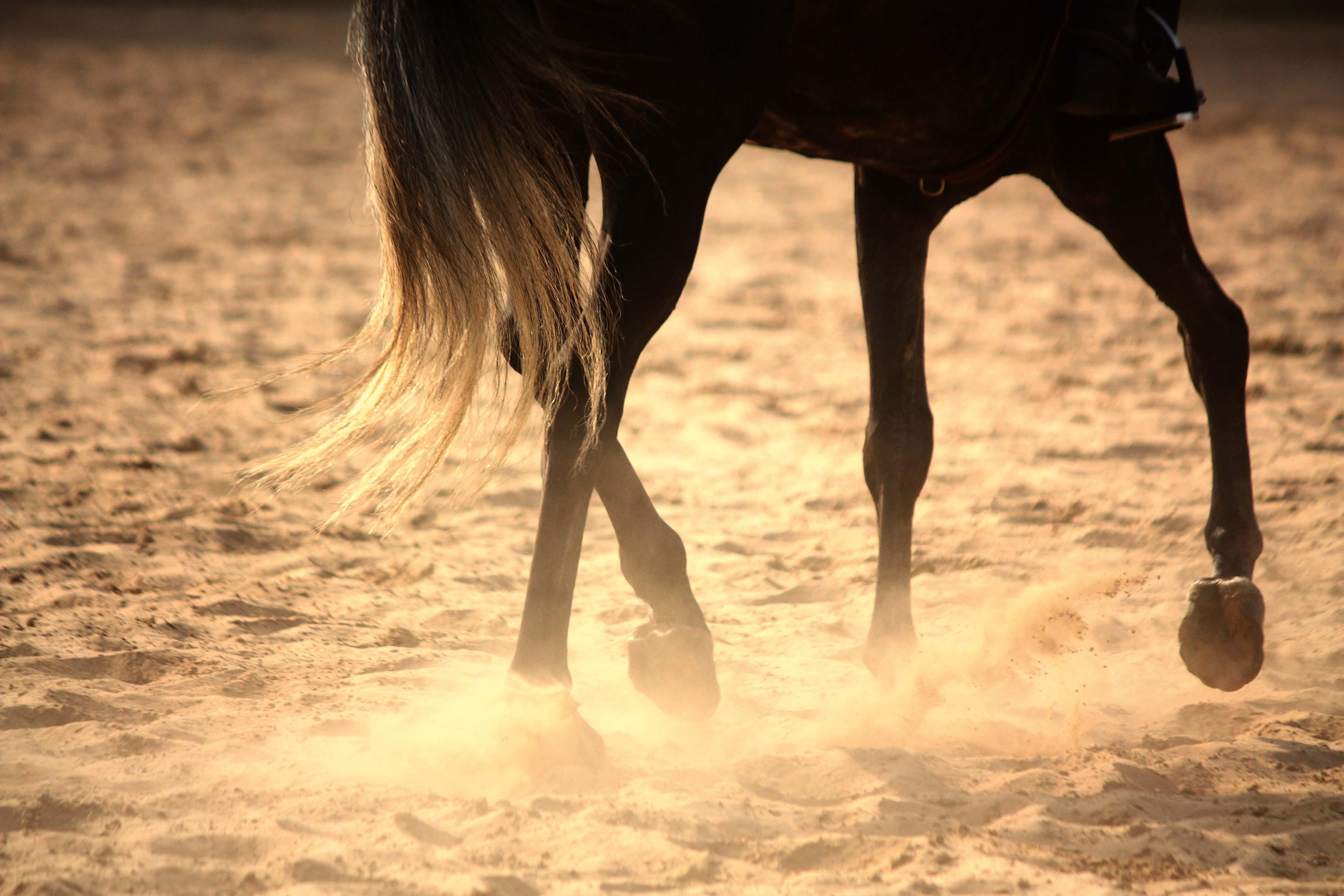
As the seasons change, so do your horse’s hooves. Every season affects the equine hoof differently - and summer can be especially challenging with hot, dry days that can affect horses’ feet enough to cause you to rethink your hoof care strategy.


Summer
Dr Jennifer Stewart BVSc BSc PhD Equine veterinarian and consultant nutritionistHot, dry weather causes the equine foot to dry out too quickly, making hooves brittle and prone to chipping and cracking. Dry, cracked, contracted and/or thin-walled feet easily break or chip at the edges, hold shoes poorly and increase the risk of chronic foot soreness and tenderness. Added to this is the summer heat that bakes and compacts the ground so it becomes rock-hard. Extra care, the right diet and management are really important to maintain soundness, hoof health and integrity throughout the summer months.
Dry hooVES
When hooves become extremely dry and contracted they lose flexibility. Even though the hoof wall may appear hard and rigid to us, it is normally quite flexible! This allows the wall to expand and contract when the hoof hits the ground and helps dissipate the shock from landing. A flexible hoof is an essential part of healthy hoof dynamics, absorbing some of the concussion that would otherwise shoot straight up the leg and cause jarring in the tendons, joints and bones. When hooves dry out, they lose this all-important flexibility, hoof expansion is compromised, shock absorption is reduced and stress through the lower leg increases. Those that have long toes, underrun heels and thin hoof walls are even more prone to developing cracked and chipped hooves
during the summer. These can appear quickly, destabilising the hoof wall and expanding rapidly. If they run deep within the wall, they can result in inflammation and become points of entry for infection. Even small cracks greatly increase the chances of drying and moisture absorption and providing that entry for infection.
Dry hooves can easily become contracted as the frog, bulb and white line, which contain large amounts of water, dry out too. As the dry, contracted foot loses elasticity and resilience its shape and contact with the ground changes; the ability to absorb shock is reduced and open spaces within the hoof develop as the healthy tissue shrinks.
CrACkS
Hoof cracks can be minor to severe and their cause, depth, length and location vary. If a minor crack is left untreated, the pressures and shocks that the feet absorb every day can cause it to split further and cause lameness. Treatment depends on the cause and severity, but usually involves good nutrition and proper care by a farrier.
Some cracks are superficial; others deepen to involve sensitive hoof structures. They can stem from a variety of causes,
including laminitis, trauma, repetitive concussion on a hard surface, or unbalanced feet.
Vertical hoof cracks are common in horses with poor hoof care or those with excessively dry, shelly hooves. An injury to the coronary band can also result in a vertical hoof crack.



Maintaining the correct hydration level in the hoof and sole is vital, as a dry hoof wall is prone to shrinking and cracking, both of which can lead to lost shoes, splits and lameness.
BruiSES
In summertime, bruising to the hoof and frog commonly occur in horses working on hard, dry and stony ground or from repeated leg stamping in response to flies. A horse with foot bruising is likely to be footsore or lame - especially on firm ground, it may start taking shorter strides or will be reluctant to walk on certain surfaces. If the hoof capsule has cracks, bacteria can enter and
Cracks are more common during dry weather, frequent changes from wet to dry conditions, and if toes are long or trimming too infrequent.
a bruise can turn into an abscess. When this happens, the horse will become acutely lame and may not weight bear on the affected foot.
Whether your horse is shod or barefoot, regular checks of its soles for bruising over the summer can catch the bruising early and can head off a painful, slow-to-heal abscess.

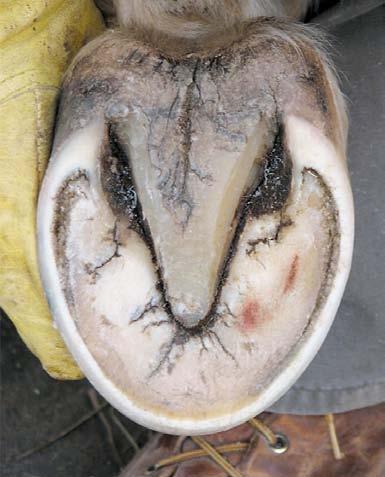
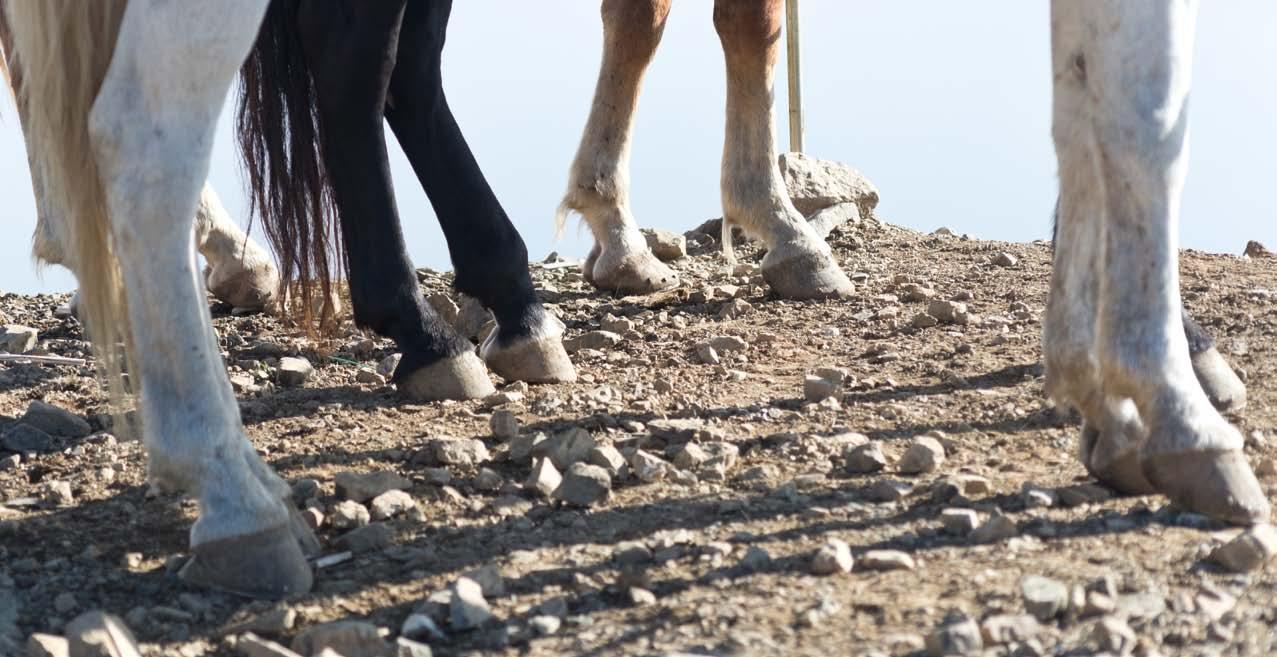
ComPACtED SolES
Environmental factors, including day length, play a role in the growth of hooves - hooves and soles tend to grow faster in spring and summer, especially if the pasture is lush. The sole is similar to our skin in the sense that the cells grow to a certain point, then they die and are meant to slough off, but the sole can begin to compact and look hard and shiny if it can’t shed. Lack of hoof wear in soft, grassy pastures can result in the sole not shedding and your horse may look flat-footed if the sole
Bruising
FlAking SolES AnD FrogS
Most horses shed the frog at least twice a year. In response to the hard, dry ground, soles and frogs build up a solid covering to protect from bruising, leading to taller hoof walls. When the excess sole tissue starts peeling and flaking in the dry weather, the taller hoof becomes unprotected and unstable. Hooves usually get plenty of moisture in spring and the hoof horn is supple and relatively soft but the drier conditions stimulate harder, more dense horn. At the junction between the soft and hard horn, the frogs and soles can crack and peel.
Increased frequency of farrier visits and trimming can help prevent horses from getting into trouble – speak with your farrier about ways to soften the tissue build-up so it’s easier for them to remove. If, however, your horse becomes lame or the hooves develop a strong, unpleasant smell or discharge this may indicate thrush and veterinary attention is important.
CyClES
Hooves adapt well to conditions that are consistently dry or consistently damp. When conditions fluctuate between wet and dry, the hooves are stressed. Like a sponge, the hoof wall absorbs moisture quickly - and dries out quickly. When your horse’s hooves are repeatedly cycling between wet and dry, chronic dryness is exacerbated. Summer thunderstorms, rain and moist, dew-soaked pasture during the night allow the hooves to soften and swell, then during the day when the ground is dry and hot, they dry out.
Whether your horse is shod or barefoot, regular checks of its soles for bruising over the summer can catch the bruising early and head off a painful, slow-to-heal abscess.
of the hoof removing excess sole
horses down adds moisture to the hooves, riding on sand dries them out and the type of stable bedding used can also affect the hoof moisture balance. This cycle can cause nails to loosen as their holes in the wall enlarge, and you’ve got a horse that can’t keep shoes on. Discuss with your farrier or veterinarian the different hoof dressing options to reduce the effects of the wet/dry cycle – they will have lots of experience in your local area conditions.
hArD grounD
This isn’t just a problem for hoovesconcussive stress and strain from hard, compacted ground can cause a range of tendon, ligament and joint problems. Repeated stamping to dislodge flies adds extra strain so fly repellents can be helpful in preventing this.

Signs of hoof/foot pain include bruising to the sole; discomfort and reluctance to move forward freely; unbalanced movement; lameness; reduced performance and uneven shoe or hoof wear. Although the hoof-ground interaction is affected by many factors - including speed - keeping the arena damp and well-worked; avoiding hard, stony ground; using hoof-boots for barefoot horses, and keeping hoof balance correct; and more frequent farrier visits can all offer some protection from concussive forces.



Working in sand can suck even more moisture from the hooves, making them harder to keep shoes on and worsening the concussion effects of hard ground.
Sand dries the hoof
Healthy hooves can better adapt to changing conditions. The impact of summer on hooves is always more profound than other seasons and horses that move nicely on soft winter ground can become uneven as the ground hardens in summer. Some horses only produce thin hoof wall and sole and the rate of growth is slower than normal. If the hooves are not as strong as they could be, discomfort can arise when the ground changes. Some horses with poor, thin-soled or flat feet go well on moist, clay-based soils, but may go lame on sandy soils because the sand causes pressure on the sole.
nutrition
Hoof condition is a reflection of nutrition. Slow growth, chipping, cracking, white-line crumbling and inability to hold shoes are not uncommon problems and although genetics and inadequate farrier care are often involved, improper diet can change a potential hoof issue into one that becomes a problem. Although we can see various abnormalities in hooves, others can only be seen using a microscope. Diet imbalances or deficiencies aren’t the only factor in hoof abnormalities or problems – but they are a major cause. However, no single vitamin or mineral accounts for all these abnormalities.


Nutrient imbalances and deficiencies are often at the root of hoof problems – but it’s not just one or two nutrients. Providing a balanced diet that includes all trace minerals and vitamins is important for every horse. Nutrients that are required for optimum hoof health include essential amino acids, essential fatty acids, biotin, calcium, copper, lysine, manganese, phosphorus and zinc.
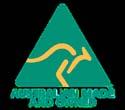
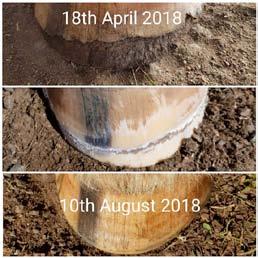
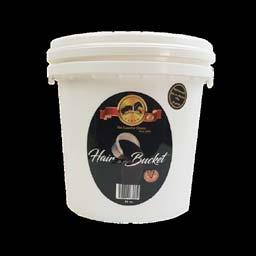

Protein: Proteins are made of amino acids – each type of horse feed protein has a different recipe or combination of amino acids. Likewise in the horse’s body, each tissue has its own recipe of amino acids – muscle is different to bone, is different to hooves. If the body doesn’t have enough of any single amino acid, building of tissues that require that amino acid stops. The percentage protein of a feed is no measure of its amino acid quality or how useful it will be for tissue building because it gives no indication of the essential amino acids in the protein.

healthy hooves require balanced nutrition
Protein-deficient diets lead to reduced hoof growth and splitting and cracking of the hoof. The hoof wall is over 90% protein and includes many amino acids – amongst which are cystine, arginine, leucine, proline, lysine, threonine, serine, glycine, and valine, with smaller amounts of methionine, phenylalanine and histidine. It’s easy to see how deficiencies of any essential amino acid can lead to bad hoof quality. Hoof research has found that normal hoof horn contains higher levels of threonine, phenylalanine and proline and lower levels of arginine compared to poor-quality horn. Many hoof supplements contain methionine to stimulate growth of a healthy hoof wall. However, the hoof wall is only a part of the hoof, and methionine is just one of the amino acids that make up a healthy foot.
oils and omega fatty acids:
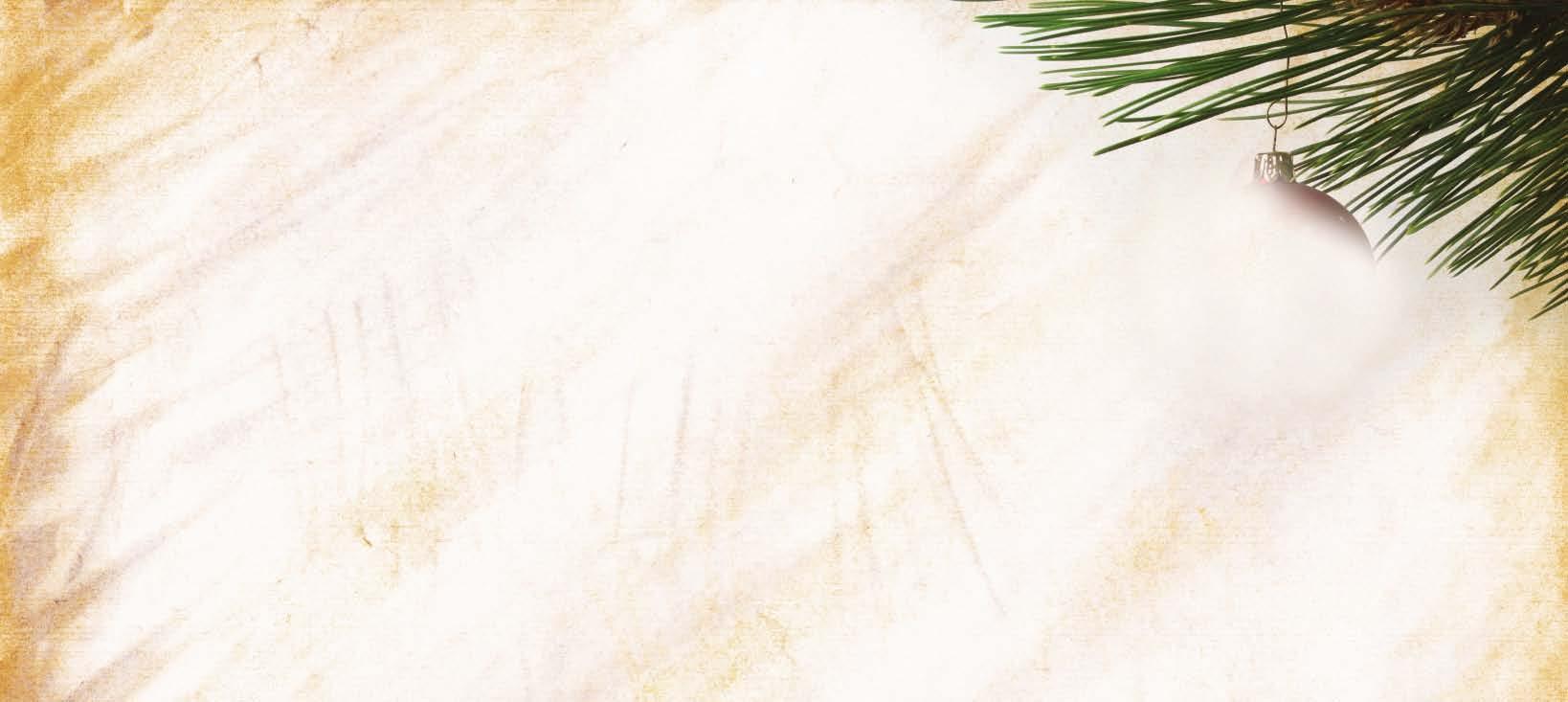
Oils and fatty acids have an important role in hoof structure and integrity. Together, oils and phosphorus form phospholipid compounds that both repel and attract water to help maintain correct moisture balance in the face of changing summer conditions. Both of these are essential

provides good levels of phospholipids, which is particularly beneficial if your horse has restricted access to fresh grass. Continued

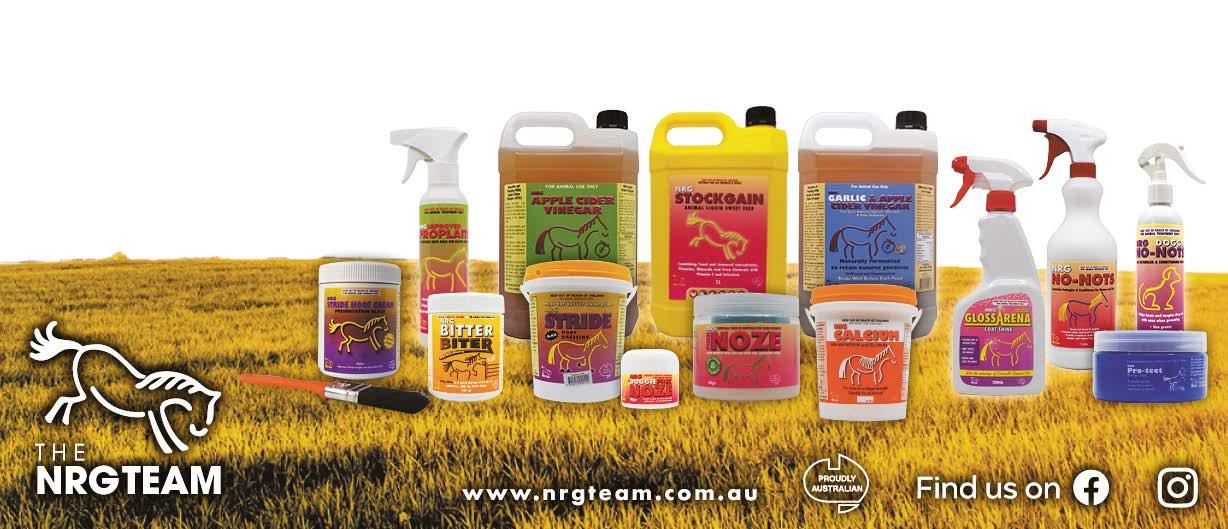
oils are essential to combat wet and dry conditions horses with access to pasture usually get enough essential fatty acids - including omegas 3, 6 and 9 - in their diet if they are not in work.
Older horses and those with arthritis, skin and hoof problems often benefit from supplementation with flaxseed or flax, canola or other oils rich in omega-3 fatty acids.
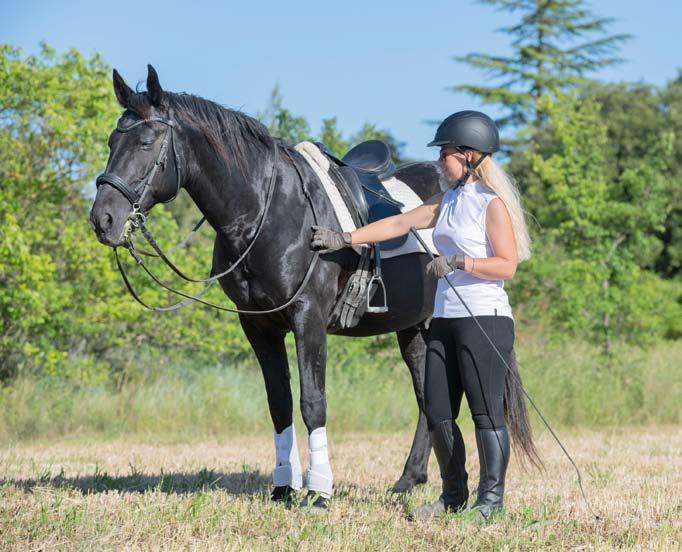
Biotin: Biotin is the most common nutrient supplemented for hoof health. Although horses make biotin in their gut and can store some in their liver, research has shown that some horses respond to a targeted addition of biotin to the feed. However, it has also shown that some horses with hoof-quality issues don’t respond to biotin. Biotin is not the only nutrient associated with poor hoof quality. Zinc is also important for healthy hooves, as are the essential amino acids methionine and lysine (which are sub-optimal in many common diets) and all the vitamins and minerals required for healthy tissues that attach the hoof wall to the laminae underneath. While there have been some studies that have successfully shown a difference in hoof health in horses supplemented with biotin, it is generally more effective when supplemented in combination with zinc and methionine. Amino acids, copper, zinc, manganese and essential fatty acids are also important.



Some nutrients such as iodine, vitamin A and selenium can be toxic. Overfeeding a single nutrient can be more dangerous than underfeeding it. Before supplementing, have your diet checked and discuss your horse’s signs with your veterinarian – some horses with bad feet have endocrine/hormonal/thyroid problems, which need to be addressed first.
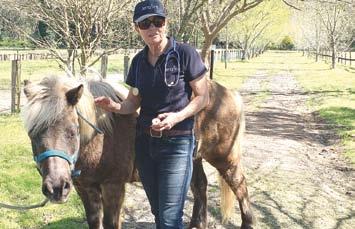
Excess body weight places an added load on the feet and if your horse is having trouble maintaining ideal condition then your veterinarian can investigate whether there are underlying problems – some of which can lead to laminitis. Laminitis is also a risk for horses on high starch/sugar diets. Subclinical laminitis can only be diagnosed by xrays, but is a major cause of poor hoof quality and poor performance. A diet analysis and blood tests can assist in diagnosing the cause.
Although it can take 6 to 12 months of correct nutrition before hoof quality improves and strengthens, after 4-6 weeks the newly growing wall should be evident. Exercise, which has important benefits for blood circulation through the foot, and regular farrier attention are also important.
There’s really no set-in-stone, stock-standard interval for trimming and shoeing because hooves generally grow faster in summer, so trimming and shoeing intervals may need to be adjusted. And, regardless of whether your horse is shod or remains barefoot, prevention is always better than cure when it comes to hoof health. Regular inspection of hooves by cleaning them, picking them out and examining them for cracks, bruises and any other damage is important. Don’t wait until your horse has hoof problems or goes lame.
All content provided in this editorial is for general use and information only and does not constitute advice or a veterinary opinion. It is not intended as specific medical advice or opinion and should not be relied on in place of consultation with your equine veterinarian.


monitor body weight as excess can impact hooves

